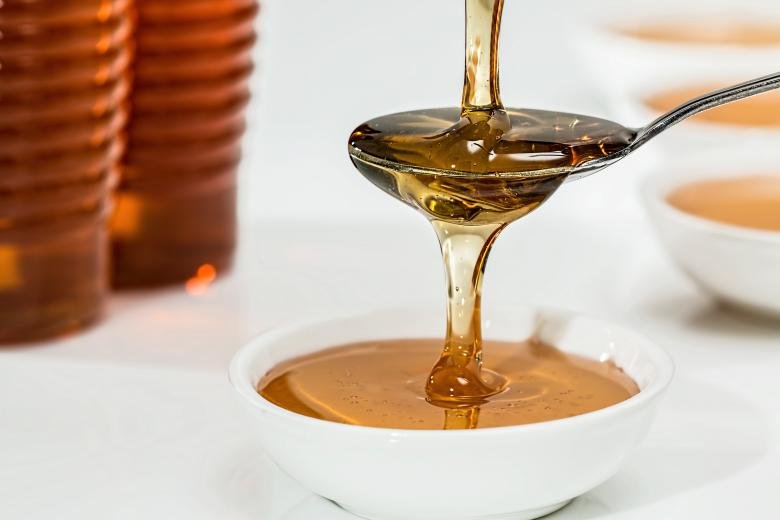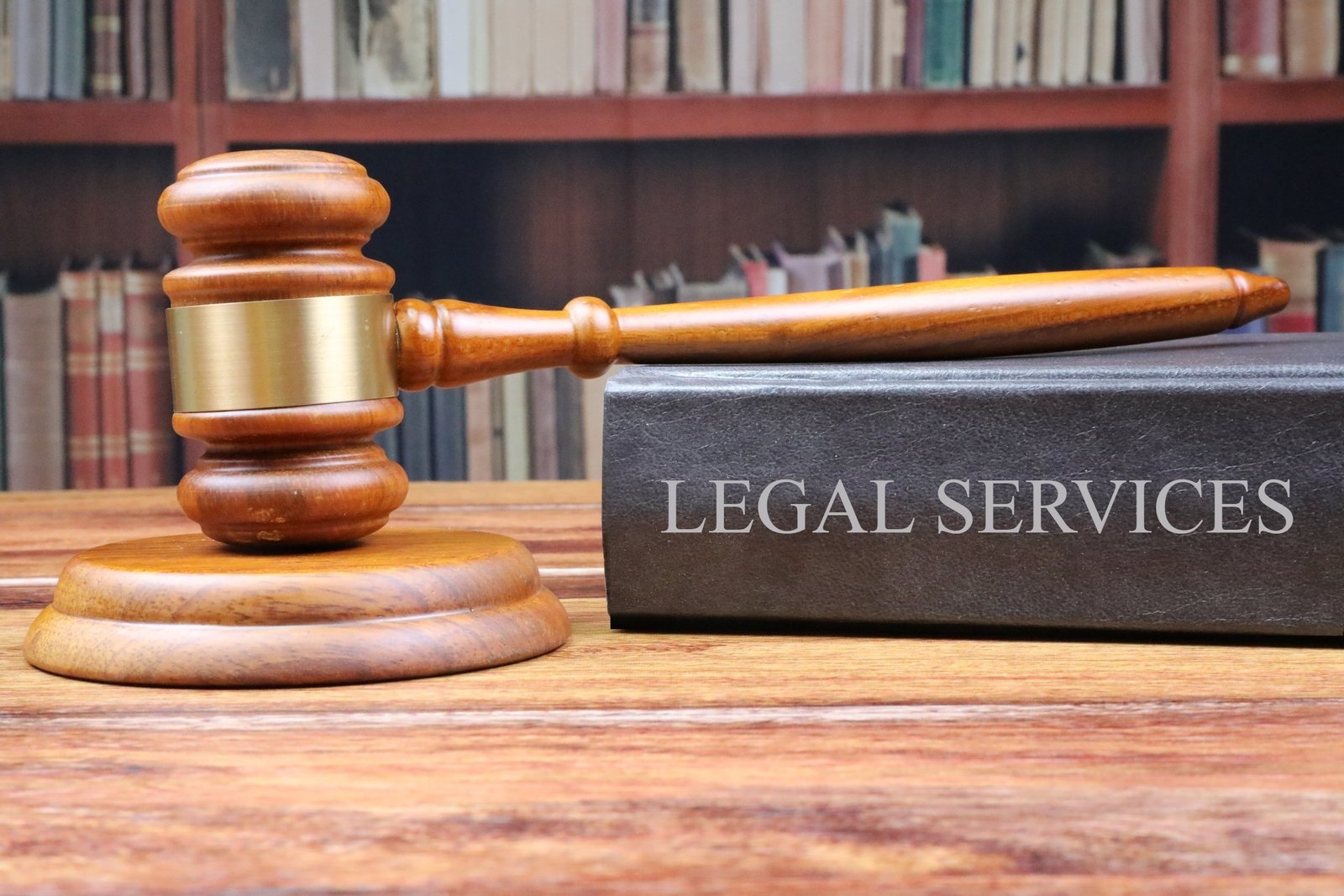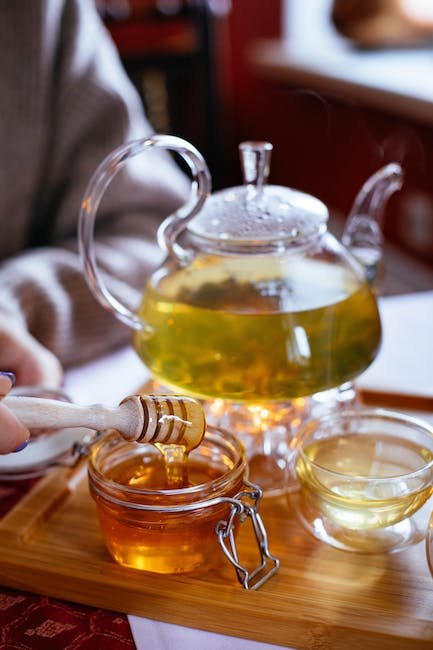Beneath the golden rays of the summer sun, nature’s alchemical wonders unfold as diligent honeybees orchestrate their harmonious dance. Drawing nectar from vibrant blossoms, these remarkable creatures create the liquid gold cherished by humans for centuries: honey. With its unmatched sweetness and health benefits, honey has become a staple in our kitchens and medicine cabinets alike. Yet, the captivating journey of harvesting this elixir extends far beyond a simple dip of a spoon into a jar. To fully embrace the art of beekeeping, one must venture into the realm of legality, ensuring that the honey we harvest is done so in accordance with the law. In this guide, we unravel the notes of legality, unveiling the intricate steps required to ethically and legally harvest and label your honey, while preserving the delicate equilibrium between bees, laws, and beekeepers. So, prepare to embark on a buzzing adventure that balances tradition, respect, and legality for those captivated by the world of apiculture.
Table of Contents
- The Art of Honey Harvesting: A Step-by-Step Guide
- Understanding the Legal Requirements for Harvesting Your Honey
- Proper Labeling Techniques: Showcasing the Purity and Origin of Your Honey
- Tips for Maintaining Quality and Safety Standards in Honey Production
- Exploring Sustainable Practices: Supporting Bee Health and Conservation
- Q&A
- To Conclude

The Art of Honey Harvesting: A Step-by-Step Guide
Harvesting honey is a labor of love that requires precision and care. Follow these steps to ensure a successful and satisfying honey harvest:
- Prepare your gear: Start by gathering all the necessary beekeeping equipment, such as a bee suit, gloves, smoker, hive tool, and a bee brush. This will protect you from stings and help you handle the bees gently.
- Choose the right time: Optimal time for honey harvesting is when the honey frames are fully capped. This means the bees have sealed the honeycomb cells with a layer of wax. Check your frames regularly and make sure at least 80% of the frames are capped before proceeding.
- Prepare the hive: Before removing frames, gently smoke the hive entrance to calm the bees. Next, remove the honey supers from the hive, ensuring the queen is not in them. Be cautious not to damage the frames while removing them.
-
Extract the honey: Take the frames to your honey extraction space and uncap each frame with a sharp knife or an uncapping fork. Place the uncapped frames in an extractor and rotate it to spin the honey out of the comb. Collect the honey in a filtering bucket to remove impurities.
- Bottle and enjoy: Once the honey is filtered, carefully pour it into clean jars or containers. Label them with the harvest date and store them in a cool, dry place. Your delicious homemade honey is now ready to be savored and shared with others!
Remember, honey harvesting should always be done with utmost respect for the bees and their habitat. By following these steps, you’ll not only enjoy the fruits of your labor but also play a part in preserving the art of beekeeping and the valuable contribution of bees to our ecosystem.

Understanding the Legal Requirements for Harvesting Your Honey
When it comes to harvesting your own honey, it’s essential to familiarize yourself with the legal requirements that govern this sweet practice. While beekeeping itself may bring visions of tranquility, it’s important to remember that certain regulations need to be adhered to ensure both the safety of your product and the environment. Here are a few key legal aspects to consider before embarking on your honey journey:
- Registration and Licensing: In many countries, beekeepers are required to register their apiaries and obtain appropriate licenses. This not only helps authorities keep track of the number of hives in operation but also serves as a measure to prevent the spread of diseases among honey bee colonies.
- Labeling and Packaging: Once your honey is ready to be shared beyond the hive, there might be specific labeling and packaging requirements you need to meet. These regulations often ensure transparency for consumers, outlining the ingredients, origin, and quality of the honey they purchase.
- Food Safety Standards: Honey is considered a food product, hence it is subject to regulations that aim to maintain its safety and quality. These standards may include guidelines on processing, storage, and cleanliness to prevent contamination and ensure the honey reaches consumers in optimal condition.
As you delve into the world of harvesting your own honey, don’t forget that legal requirements play an important role in guaranteeing the integrity of your product and protecting both the bees and consumers. Taking the time to understand and comply with these regulations not only demonstrates your commitment to responsible beekeeping but also ensures a delicious and legally sound honey harvest.

Proper Labeling Techniques: Showcasing the Purity and Origin of Your Honey
Proper Labeling Techniques for Honey: Highlighting Purity and Origin
In today’s market, where consumers are becoming increasingly conscious about the quality and origin of the products they consume, proper labeling techniques play a vital role in showcasing the purity and origin of your honey. Effective labeling not only helps you stand out from competitors but also builds trust and confidence among your potential customers. Here are a few key techniques to consider when labeling your honey:
- Clearly state the purity: Highlight the purity of your honey by incorporating clear and concise statements on the label. You can emphasize that your honey is 100% pure, organic, raw, or any other unique characteristic that sets it apart.
- Highlight the origin: Provide information about the origin of your honey, such as the region or country where it’s sourced. This helps consumers make informed decisions by understanding the environmental factors surrounding the production process.
- Include certifications: If your honey has obtained any certifications, such as Fair Trade, Non-GMO, or USDA Organic, prominently display these logos on the label. Certifications add credibility and assure consumers of the quality and ethical production practices.
- Aesthetic appeal: Don’t underestimate the power of visual appeal. Design an attractive label that reflects the natural beauty of honey and catches the eye. Using vibrant colors, honey-related imagery, and elegant typography can make your brand easily recognizable on the shelves.
- Accurate contact information: Lastly, make sure to include your contact information, such as the website or social media handles, on the label. This allows consumers to connect with you, seek further information, and offer feedback.
By implementing these proper labeling techniques, you can effectively communicate the purity and origin of your honey, ultimately attracting discerning customers who appreciate transparency and quality.
Tips for Maintaining Quality and Safety Standards in Honey Production
Producing high-quality and safe honey requires attention to detail and adherence to strict standards. Here are some essential tips to ensure you’re maintaining the utmost quality and safety in your honey production:
- Source honey from trusted beekeepers: Start with a reliable and reputable source of honey, preferably from local beekeepers who follow sustainable and ethical practices. This ensures that the honey you produce is of top-notch quality.
- Maintain a clean and hygienic environment: Honey production facilities should be kept clean and free from contaminants. Regularly sanitize all equipment, storage containers, and processing areas to prevent the growth of harmful bacteria or molds.
- Monitor bee health: Healthy bees play a crucial role in honey quality. Regularly inspect your hives for signs of diseases, parasites, or other issues. Take preventive measures to maintain the overall health of your bee colonies and promote strong honey production.
- Implement proper extraction techniques: The process of extracting honey should be handled carefully to avoid contamination. Use stainless steel or food-grade plastic equipment and maintain a controlled temperature during extraction to preserve the honey’s quality and minimize the risk of microbial growth.
- Perform regular quality testing: Conduct regular quality checks to ensure that your honey meets the required standards. Test for moisture content, pH levels, and pollen purity. Keep records of these tests to track the consistency and quality of your honey over time.
By following these tips, you can produce honey that not only exceeds consumer expectations but also meets the highest safety standards. Prioritizing quality and safety in honey production not only benefits your customers but also helps build a reputable brand that stands for excellence.
Exploring Sustainable Practices: Supporting Bee Health and Conservation
As we delve into sustainable practices, it is crucial to understand the importance of supporting bee health and conservation. Bees play a vital role in pollination, contributing to the growth of plants and the production of food. Unfortunately, bee populations have been declining in recent years due to various factors, such as habitat loss, pesticide use, and climate change.
To combat this and ensure a thriving ecosystem, we can take practical steps to support bees:
- Plant bee-friendly flowers: By cultivating gardens with a variety of native plants, we create rich foraging grounds for bees. Opt for flowers with open shapes, like daisies and sunflowers, that offer easy access to nectar and pollen.
- Avoid harmful pesticides: Chemicals present in certain pesticides can harm bees and other pollinators. Embracing natural pest control methods or using organic alternatives can protect their delicate health.
- Provide nesting sites: Bees need safe spaces to build their nests. Consider installing bee hotels or leaving patches of bare soil and deadwood in your garden to create suitable habitats.
By implementing these sustainable practices, we can do our part in supporting bee health and conservation. Each small step contributes to preserving these incredible creatures and maintaining the delicate balance of our ecosystem.
Q&A
How do I legally harvest honey from my beehives?
To legally harvest honey from your beehives, ensure you abide by local regulations and obtain any necessary licenses or permits. Follow good beekeeping practices, use proper equipment, and ensure the health and welfare of your bees throughout the process.
Are there any specific labeling requirements for honey?
Yes, labeling requirements vary by country and region. Generally, your honey labels should include the name and address of the producer, the net weight or volume, and the word “honey” on the label. Additionally, some regions may require specific information regarding production methods and potential allergens.
What are the consequences of not following the legal guidelines for honey harvesting and labeling?
Failure to comply with the legal guidelines for honey harvesting and labeling can result in penalties, fines, or even legal action. It is crucial to understand and adhere to the regulations of your specific locality to avoid any legal complications.
How can I ensure the quality and safety of my harvested honey?
To ensure the quality and safety of your harvested honey, maintain high hygiene standards throughout the extraction process, store it in clean, food-safe containers, and keep it in a cool, dry place. Regularly inspect your beehives for potential diseases or contamination and provide adequate nutrition and care to your bees.
Can I sell my honey without any legal repercussions?
Selling honey without complying with legal requirements can have serious repercussions. It is important to check with local authorities or regulatory bodies to understand the specific guidelines for selling honey in your area. Following the legal framework not only protects you from legal troubles but also ensures consumer safety and confidence in your product.
Are there any additional certifications or inspections required for selling honey?
Depending on your location, additional certifications or inspections may be necessary before selling honey commercially. These certifications often demonstrate adherence to quality standards, ensuring consistency and safety for consumers. Research local regulations and consider joining recognized beekeeping associations to stay informed about any certification requirements.
How can I market my honey effectively while adhering to legal requirements?
To market your honey effectively while complying with legal requirements, focus on highlighting your product’s unique qualities and transparently communicate its origin, production methods, and potential allergens to potential customers. Utilize various marketing channels such as social media, local markets, or online platforms, ensuring your promotional efforts align with legal guidelines governing honey sales in your area.
To Conclude
As we bid farewell to this sweet journey of legally harvesting and labeling your honey, we hope that you’ve been equipped with the knowledge and inspiration to embark on this delightful endeavor. Through the buzzing bees, golden nectar, and the hard work of beekeepers around the world, we’ve unraveled the secrets of ensuring our hives thrive while staying on the right side of the law.
Remember, as you venture into the realm of honey harvesting, always prioritize the well-being of your bees. Placing their welfare at the forefront ensures a sustainable future for both your buzzing companions and the delicious honey they provide. Tread lightly upon the paths of their intricate colonies, guided by the principles of respect, care, and safety.
As your bees work relentlessly to gather nectar from nature’s floral palette, you too must oblige the laws that govern beekeeping and honey production. Educating yourself on regional regulations is paramount to safeguard the integrity of your honey, your reputation as a responsible beekeeper, and the harmony between nature enthusiasts and buzzing creatures alike.
When it comes to labeling your liquid gold, let your creativity flow, much like the sweetness pouring from the honeycombs. Craft labels that celebrate the uniqueness of your honey, capturing not only its flavors but also its origins. Share snippets of the captivating landscapes from which the bees collect their precious cargo, letting the world taste the distinct essence of your surroundings.
While we cannot resist the temptation to revel in the magic of honey, it is imperative to respect the multicultural tapestry that weaves this golden elixir into various traditions and cultures. Adhere to labeling regulations, enabling consumers to make informed choices and granting this nectar its well-deserved place of authenticity and quality on their tables.
In the harmonious intersection of nature’s wonders and the realms of legality lies a vibrant world of honey harvesting and labeling. So, venture forth, dear readers, with knowledge in your hands and sweet aspirations in your hearts. May your bees thrive, your honey overflow, and your jars be adorned with all the beauty and information that truly embody the enchanting journey from hive to table.
Remember, the bees are our guiding muses, the land our wellspring, and the honey our connection to both. Let us cherish and honor this sacred cycle through our legal and responsible practices, creating a world where the honey flows abundantly, ethically, and with utmost sweetness.
Goodbye, fellow honey enthusiasts, and may your honey-harvesting endeavors forever hum with nature’s melodies!
As an affiliate, my content may feature links to products I personally use and recommend. By taking action, like subscribing or making a purchase, you’ll be supporting my work and fueling my taco cravings at the same time. Win-win, right?
Want to read more? Check out our Affiliate Disclosure page.